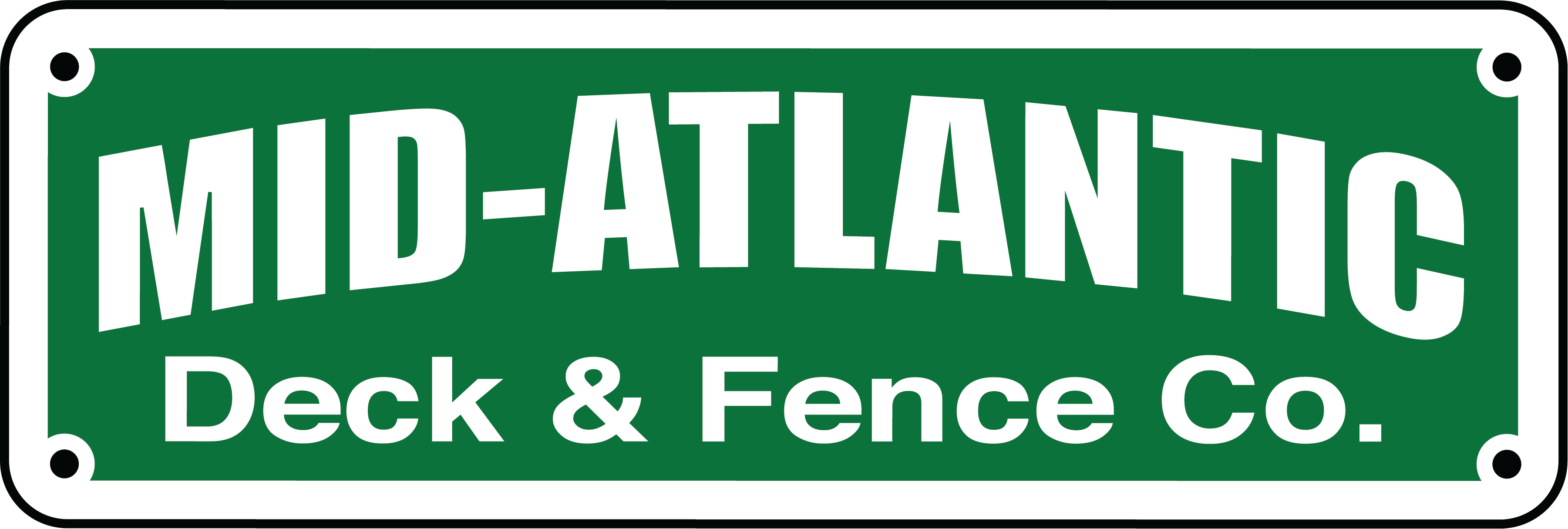When you’ve finally made the decision to add a deck to your home, one of the most important aspects of your deck is the material you plan on using to build it. Here’s a quick overview of the materials out there for you.
1. Cedar Wood
Pros: Durable, attractive, light, and easy to work with, does not decay as quickly as other woods do, and minimum splintering.
Cons: Needs to be properly maintained if you want it to last for a long time. The wood needs to be coated every year with a sealer in order to maintain its beauty. Its strength level is fairly weak compared with some other woods.
2. Mahogany
Pros: Rich in color and aesthetically pleasing to the eye. Minimum splintering. Resists rot and insect damage.
Cons: More expensive than Cedar. Strength similar to cedar.
3. Cypress Wood
Pros: Resistant to rotting, easy to work with, no two patterns look the same thus unique look. moderately strong type of wood.
Cons: Not as easy to locate as Cedar or Mahogany.
4. Pine Wood
Pros: Lightweight, easy to use, attractive, and easy to paint. Less expensive than cedar or redwood due to its availability. Moderately strong.
Cons: Moderately strong, but can experience dents and scratches more easily than other types of wood.
5. Redwood
Pros: Beautiful red hue, resistant to decay, easy to work with.
Cons: Can be quite expensive and not as strong as Cypress or Pine. Need to coat with sealer yearly in order to maintain its fantastic look.
6. Exotic Woods
Pros: Can be much stronger and look unique when compared to “regular wood,” can also have special properties such as fire resistant (e.g. Ipe wood)
Cons: Usually comes at a high price (e.g. triple the price of Cedar or double the price of Redwood). They are usually very difficult to work with. Low availability so it needs to be special ordered.
7. Pressure Treated Wood
Pros: minimal rotting and wards off insects due to it being chemically treated.
Cons: rapid discoloration, prone to splitting, could be potentially harmful to the environment, and needs to be seasoned, cleaned and sealed to avoid some of its negative attributes.
8. Composite Lumber
Pros: Not expensive. Widely available. Quite durable. Looks realistic.
Cons: Not the same quality as real wood.
9. Synthetic Options
Pros: Durable. Insects hate it. Does not fade easily.
Cons: Only available for deck construction and not for things such as railings, furniture, built-in seating, and so on.
10. Concrete
Pros: Maintenance free, inexpensive, readily available.
Cons: Once you built it, you’re pretty much stuck with it.
As always, be sure to check around for various grades of the materials mentioned above and get second opinions if you’re still not sure what you want. Good luck and prepare to enjoy the wonders of owning a deck!
Tags: deck building, deck building materials, deck materials, pros and cons of deck materials, types of woods for deck








